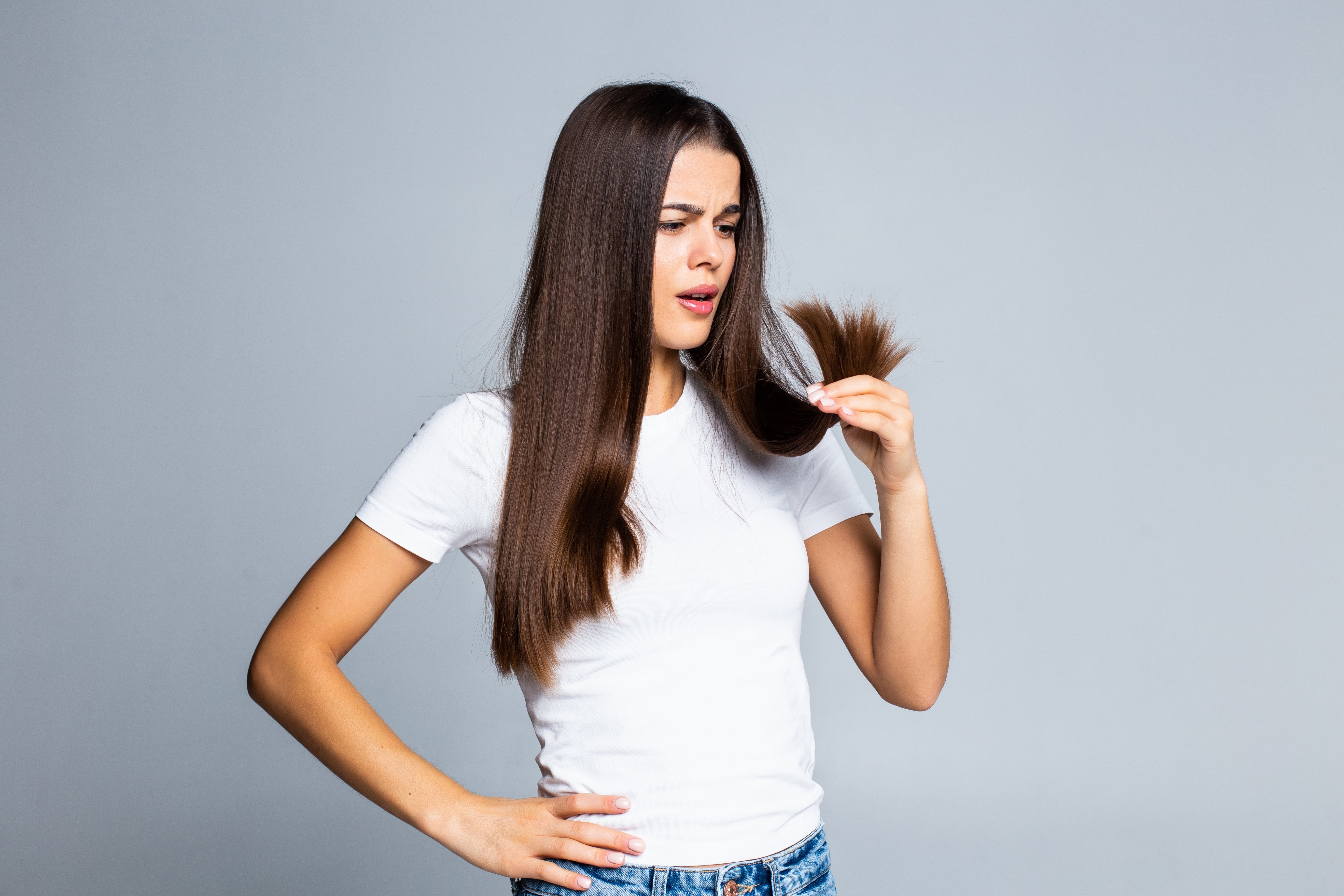

There are many reasons why your hair might be falling out. Whether this is temporary, reversible, or permanent there are options you can consider that may help.
The most important step is to visit a doctor so that they can diagnose the cause of your hair loss.
Finding hair in your brush is normal: We shed. But if a person starts losing an unusual amount of hair, it can be cause for concern.
Losing hair normally doesn’t have much effect on your appearance or warmth, as your head has plenty more to make up for the daily loss. But there may be a more significant reason for your hair loss when you start seeing your scalp or bald spots.
When you think of hair loss, you may think of the genetic factors, such as female pattern baldness. Hormones, thyroid problems, and other diseases can all cause hair loss too.
So, what are these various causes, and how do you know if they’re to blame for your excessive shedding?
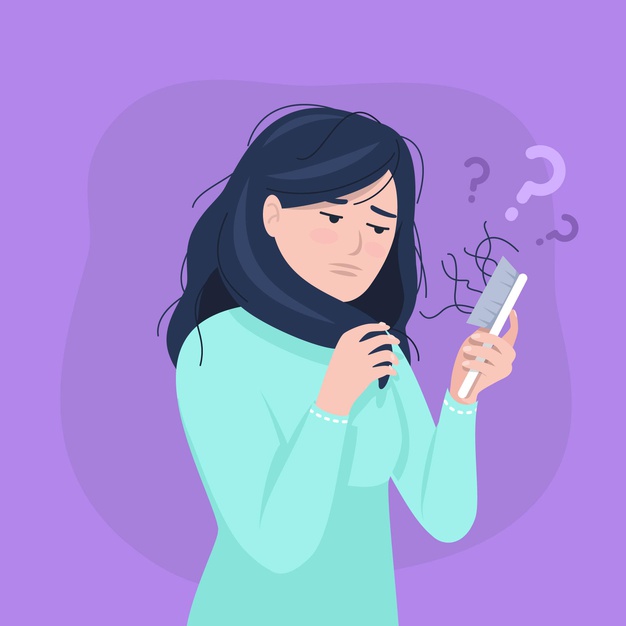
Women may lose hair following childbirth or while in menopause. Women who have hormonal imbalances can have hair loss.
Aside from genetic female pattern baldness, women can lose hair as their hormonal composition changes with age. Hair loss is caused by your follicles’ response to the hormone dihydrotestosterone (DHT).
Perhaps one of the most common hormone-related causes for hair loss is a thyroid problem. Both too much thyroid hormone (hyperthyroidism) and too little (hypothyroidism) can lead to hair loss. Treating the thyroid disorder can often reverse the hair loss.
Physical and psychological stress can cause hair loss. Surgery, high fevers, and blood loss can cause enough stress to result in excessive shedding. Childbirth can result in hair loss for several months after delivery.
As for psychological stress, the link is less well-defined. However, many people have reported losing hair at times of extreme mental stress or anxiety. And hair loss for other reasons can still be stressful.
The causes of physical stress are often temporary, and the hair loss subsides as the body heals.
You can combat mental stress with lifestyle changes, such as:

Pharmaceuticals can come with a long list of side effects, including hair loss. Chemotherapy is the most well-known cause, but others include:
These medications affect people differently and may not cause hair loss in everyone.
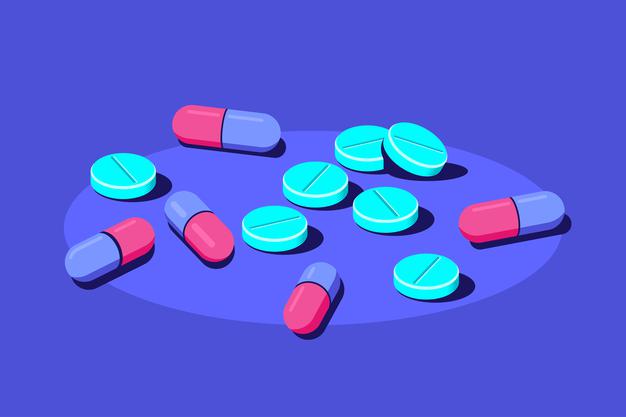
Zinc and iron deficiency are the most common nutritional links to hair loss. But some evidence indicates that low intakes of the following vitamins and nutrients could also be to blame:
Check out the products we recommend that can help you overcome these nutritional deficiencies.
Shop Now
Many other medical conditions can lead to abnormal balding, including:
Skin conditions such as psoriasis and dermatitis can occur on the scalp and interfere with hair growth. Infections such as ringworm of the scalp and folliculitis can also cause hair loss.
The search for causes and potential treatments by people experiencing hair loss is understandable. Research has tied hair loss to lower self-esteem, body image issues, and increased anxiety.
Many of these nongenetic causes for hair loss can be successfully treated, and the hair loss averted and even reversed.
As we have seen above, hair loss caused by hormonal changes, like pregnancy or menopause, or stress may not require any treatment. Instead, the loss will likely stop on its own after the body adjusts.
Nutrient deficiencies can usually be addressed through changes in diet, the use of supplements, and the guidance of a doctor or registered dietitian. The guidance of a doctor is necessary if the deficiency is caused by an underlying medical condition.
Any medical conditions that lead to hair loss should be treated directly to address the full condition, not just its symptoms.
That said, there are a number of possible medications and treatments for hair loss caused by female pattern baldness and other alopecia’s. You may need to use one or a combination of treatments for months or years to see the full results.
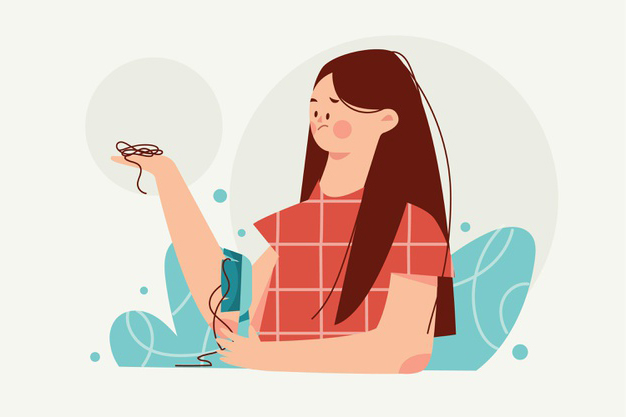
Also known as Rogaine, this over-the-counter (OTC) medication can be used with alopecia areata or androgenic alopecia.
This drug comes in foam or liquid form and is spread on the scalp each day. It may cause more hair loss at first, and new growth may be shorter and thinner than before. You may also need to use it six months or more to prevent further loss and promote regrowth.
Side effects include:
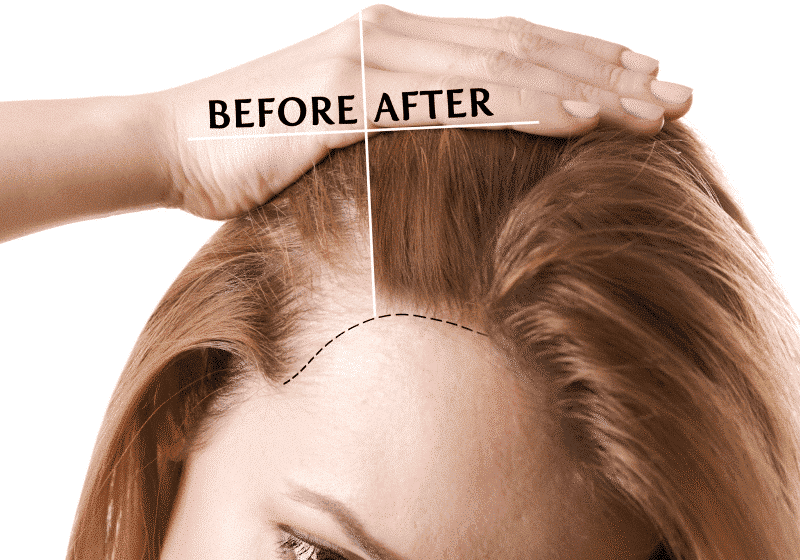
Otherwise known as Aldactone, the drug spironolactone works to treat hair loss by addressing hormones. Specifically, it binds to androgen receptors and decreases the body’s processing of testosterone.
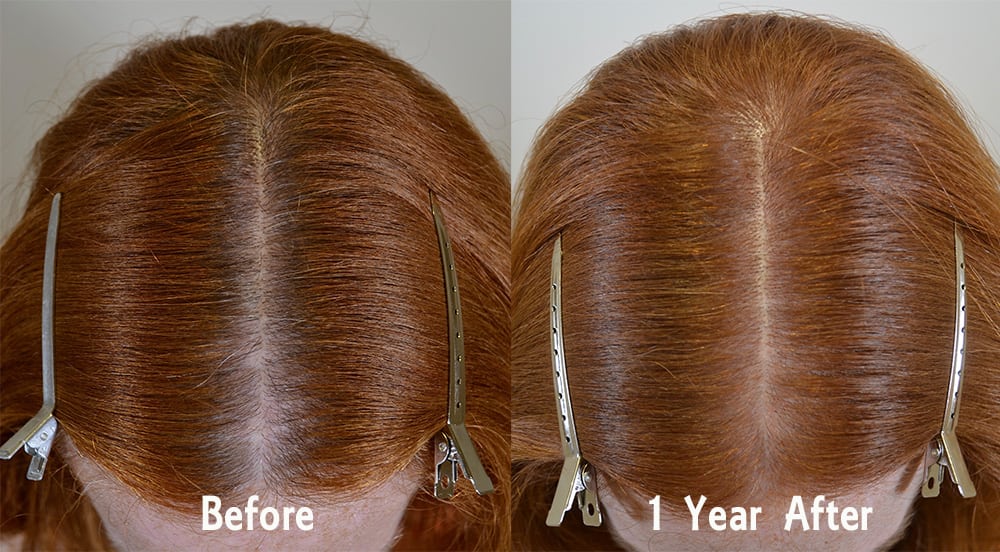
Not all researchers agree that it works effectively, and the U.S. Food and Drug Administration (FDA) has not labeled it as a treatment for androgenic alopecia.
Talk to a doctor or pharmacist about possible benefits and risks of spironolactone.
Women with hair loss due to alopecia areata may consider treatment with corticosteroids injected at multiple sites in the affected area.
Hair growth may be noticeable in as soon as four weeks, and treatment can be repeated every four to six weeks. Side effects with injections include:
Topical corticosteroids are also available, but they aren’t necessarily as effective, and oral corticosteroids may lead to unpleasant side effects.
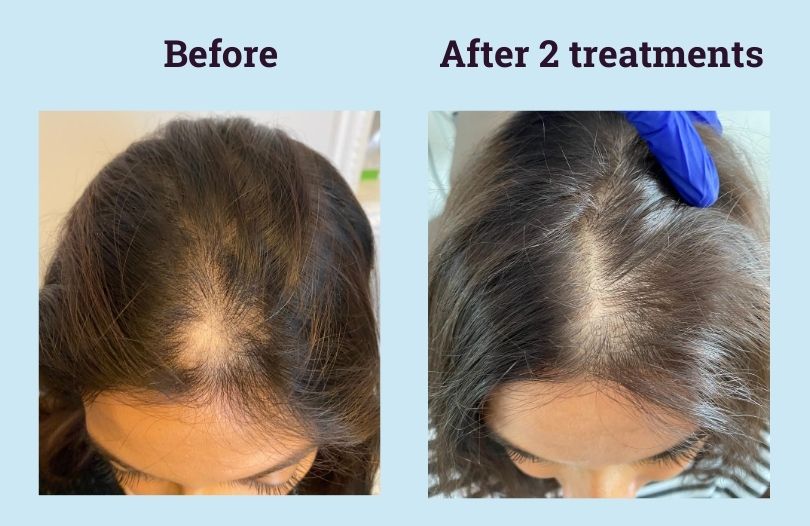

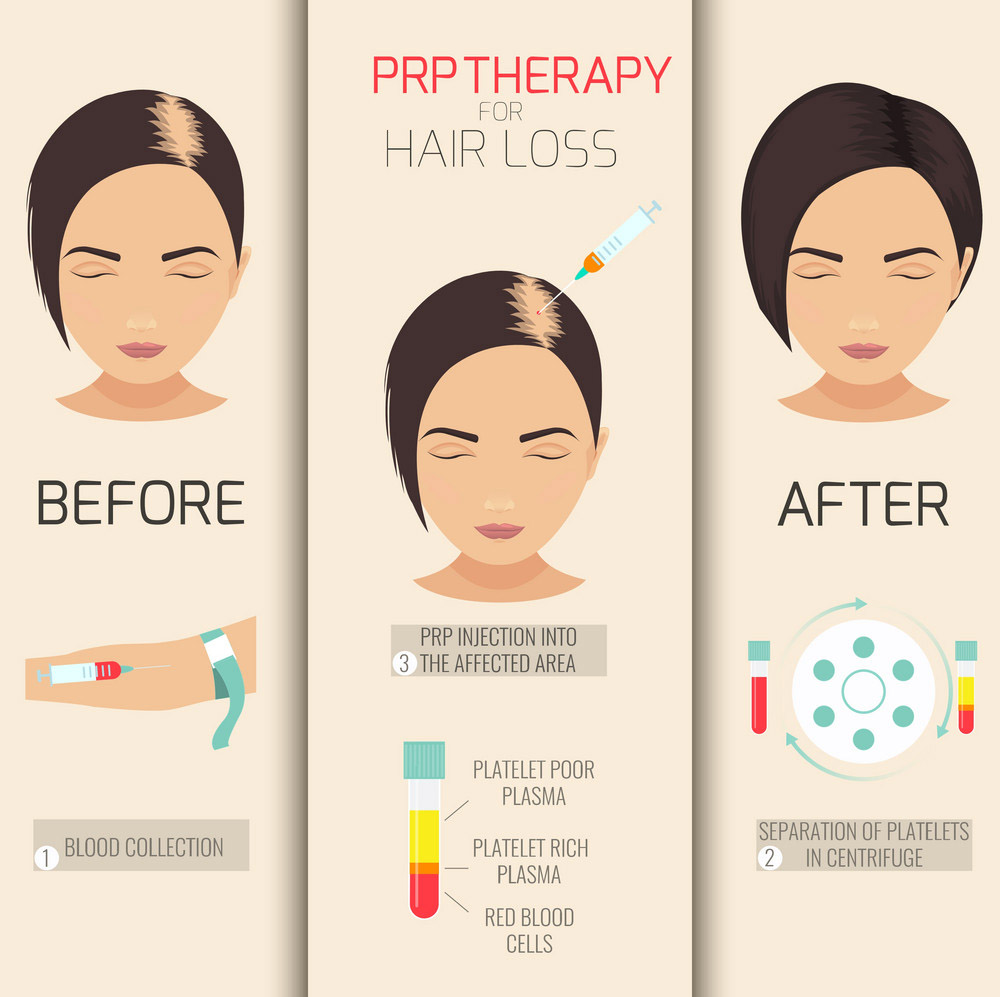
Platelet-rich plasma (PRP) therapy includes three steps:
This treatment is relatively new and, as a result, there isn’t much research to support its effectiveness. That said, some studies have shown it to be a simple, cost effective treatment option.
PRP therapy involves several sessions within a four to six week period with maintenance every four to six months.
Possible risks include:
Laser devices may stimulate hair growth for people with androgenic alopecia and pattern balding. Other names of laser treatment include:
Devices are available without a prescription in the form of brushes, combs, and other handheld items. They emit light and may also make existing hair thicker.
You can apply laser light treatment two to three times a week. It may take several weeks to a few months before seeing results.
It’s important to note that laser treatment is not as regulated as medications are with the FDA. Long-term safety and other considerations are unknown. Currently, there are no adverse effects associated with laser therapy.
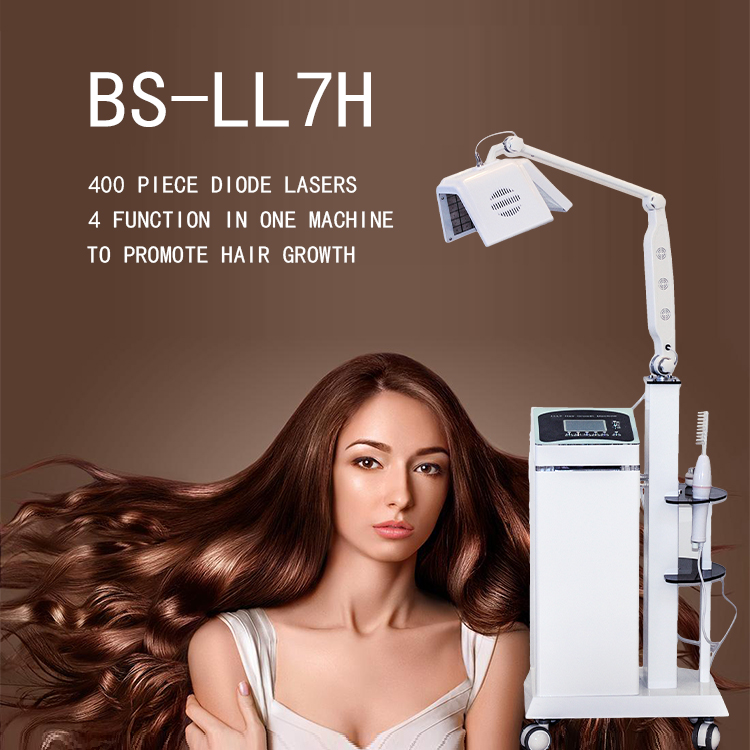
Retin-A, or topical tretinoin, is sometimes used as a combination therapy with minoxidil for androgenic alopecia.
It’s important to use this type of medication under the guidance of your doctor. In some circumstances, tretinoin can actually cause hair loss.
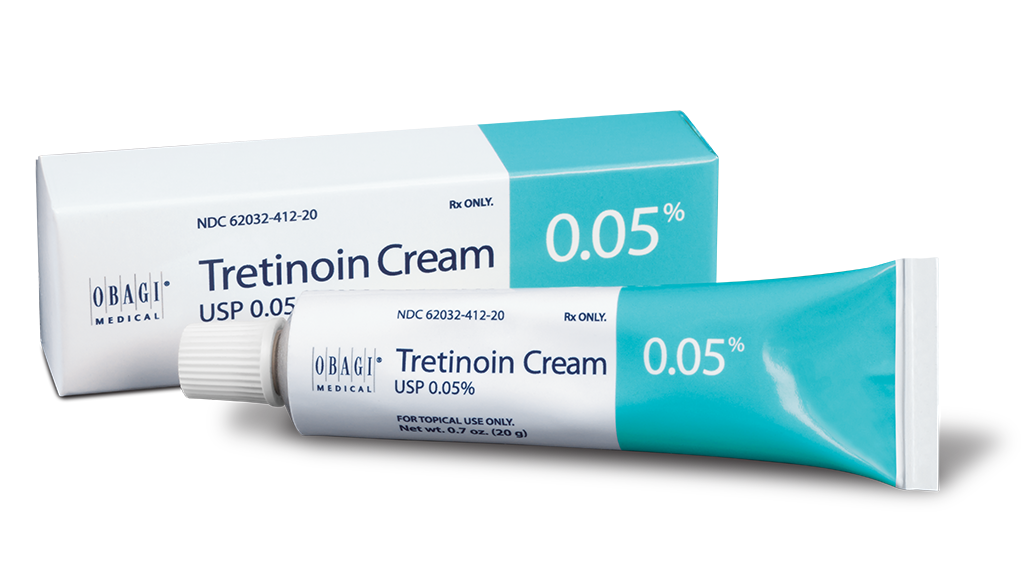
In women with alopecia areata, anthralin is both safe and effective. It can be applied at home, once a day, starting with just 5 minutes and working up to periods as long as an hour.
After application, the scalp should be rinsed with cool water and cleaned with soap. New hair growth may sprout up in two to three months.
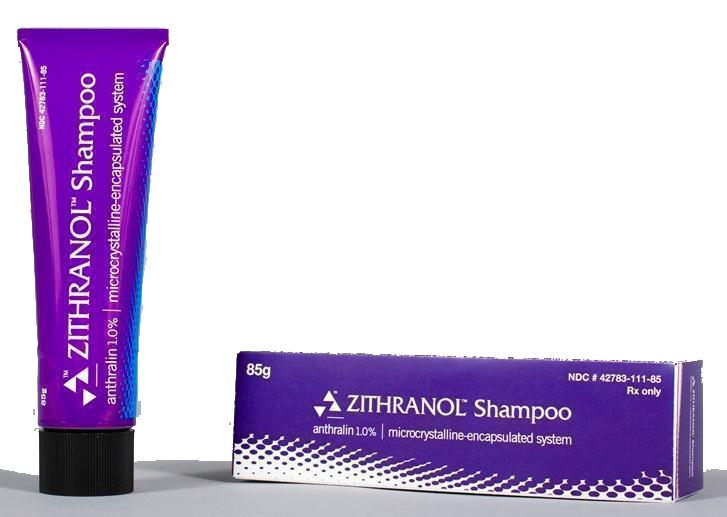
Check out our store to find out hair products with tretinoin and anthralin.
Online StoreIf you’re concerned about hair loss, you may want to try a home remedy to see if you can stop your hair from falling out. It’s important to get diagnosed and find the underlying cause of your hair loss, so that you can treat it appropriately.


Nutritional deficiencies can cause hair loss. Iron, zinc, niacin, selenium, vitamin D, and vitamin B-12 supplements can help your body produce hair that’s strong and healthy. Remember to only buy supplements from s, as they aren’t vetted by the U.S. Food and Drug Administration (FDA).

Your diet can have an effect on hair loss. Eating a diet rich in antioxidants can help fight the signs of oxidative stress — environmental factors that damage hair follicles. Strawberries, blueberries, beans and legumes, spinach, and kale are all sources of antioxidants.
Sugar, processed fats, preservatives, and alcohol can all contribute to oxidative stress. Keep this in mind if you’re looking to stop your hair from falling out.
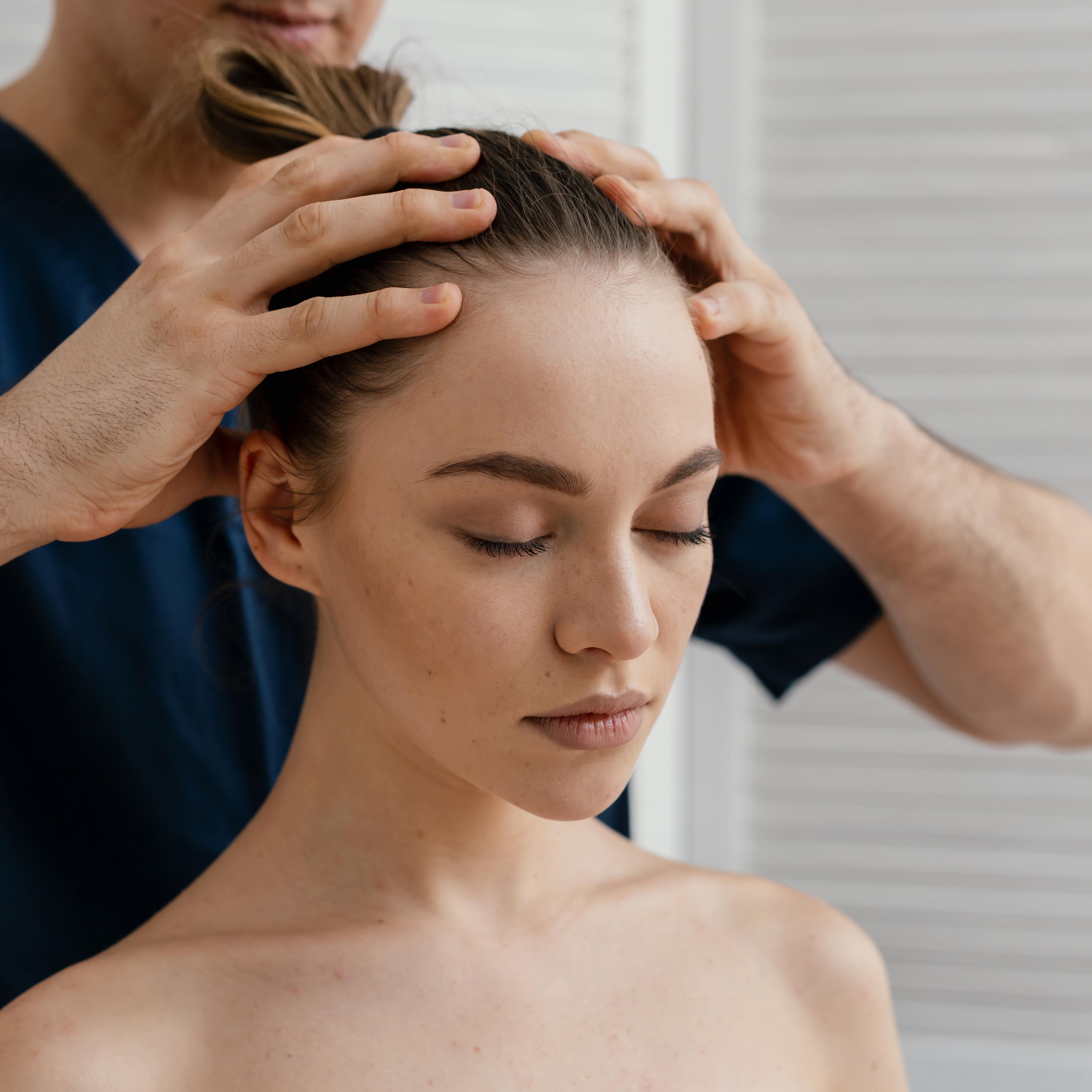
Scalp massage has been shown to promote hair growth. By promoting circulation in the area of growth, your hair may grow more quickly if you gently massage your scalp every time you wash your hair.
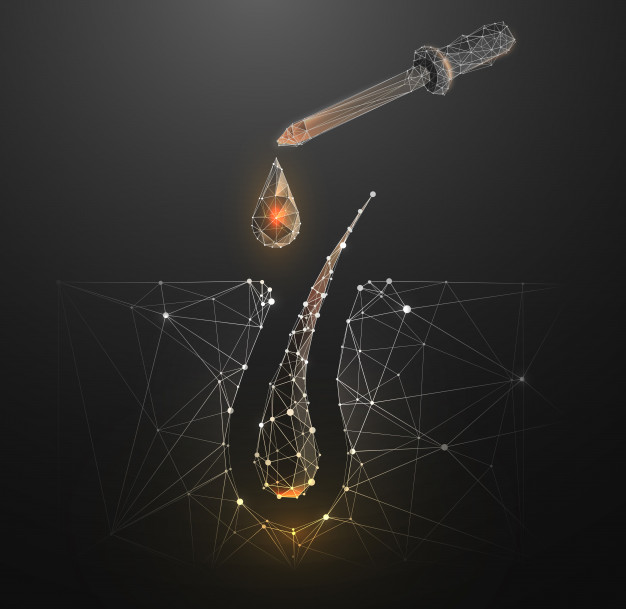
Essential oils are aqueous extracts of powerful botanical ingredients. Essential oils can be mixed with carrier oils, like jojoba and almond oil, to create a treatment to stimulate hair growth. Some essential oils might make your hair grow stronger. Research on these essential oils is mostly anecdotal, but we are learning more about how they work. Essential oils for hair growth include:

While trauma can come on suddenly and unexpectedly, you may be able to help manage ongoing stress in your life with exercise, like yoga, or mindfulness techniques, like meditation.
Some researchers are even exploring these alternative healing modalities in relation to reversing hair loss. The idea is that yoga and meditation may help regulate blood sugar and enhance circulation, promoting regrowth.
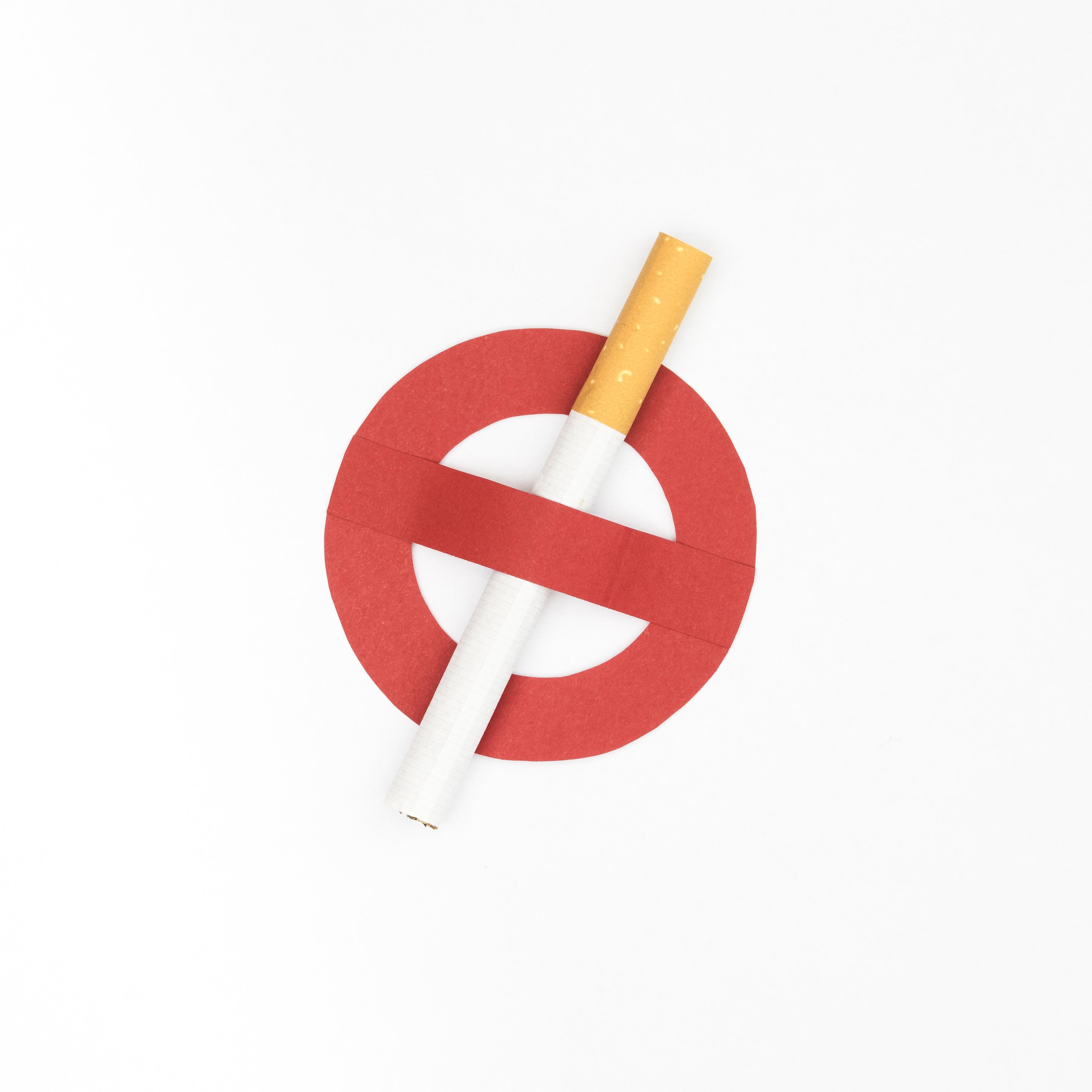
Smoking can prematurely age your hair cells, making your hair follicles brittle and easy to damage. Speak to your doctor to come up with a smoking cessation plan right for you.

Premature white hair giving you nightmares? If you’re one of those youngsters who is dealing with unwanted gray hair and trying to reverse it through various tricks, this article is a must-read for you.
Graying hair is a part of your natural ageing process. Your skin has millions of hair follicles that contain a pigment called melanin. As you age, hair follicles lose this pigment turning your hair into gray. Scroll down to find out what causes premature graying and how you can deal with it.
According to studies, premature graying is related to genetics. It is likely that you will have gray hair at an early age if your mother or father had premature gray hair. It is also related to geography and race according to a study performed in 2013. People in a certain country can have gray hair much earlier than people in other countries. White people can get white hair even in their 20s, while Asian people most likely start getting white hair in their mid 20s. For African-Americans, the age of graying hair starts at 30.
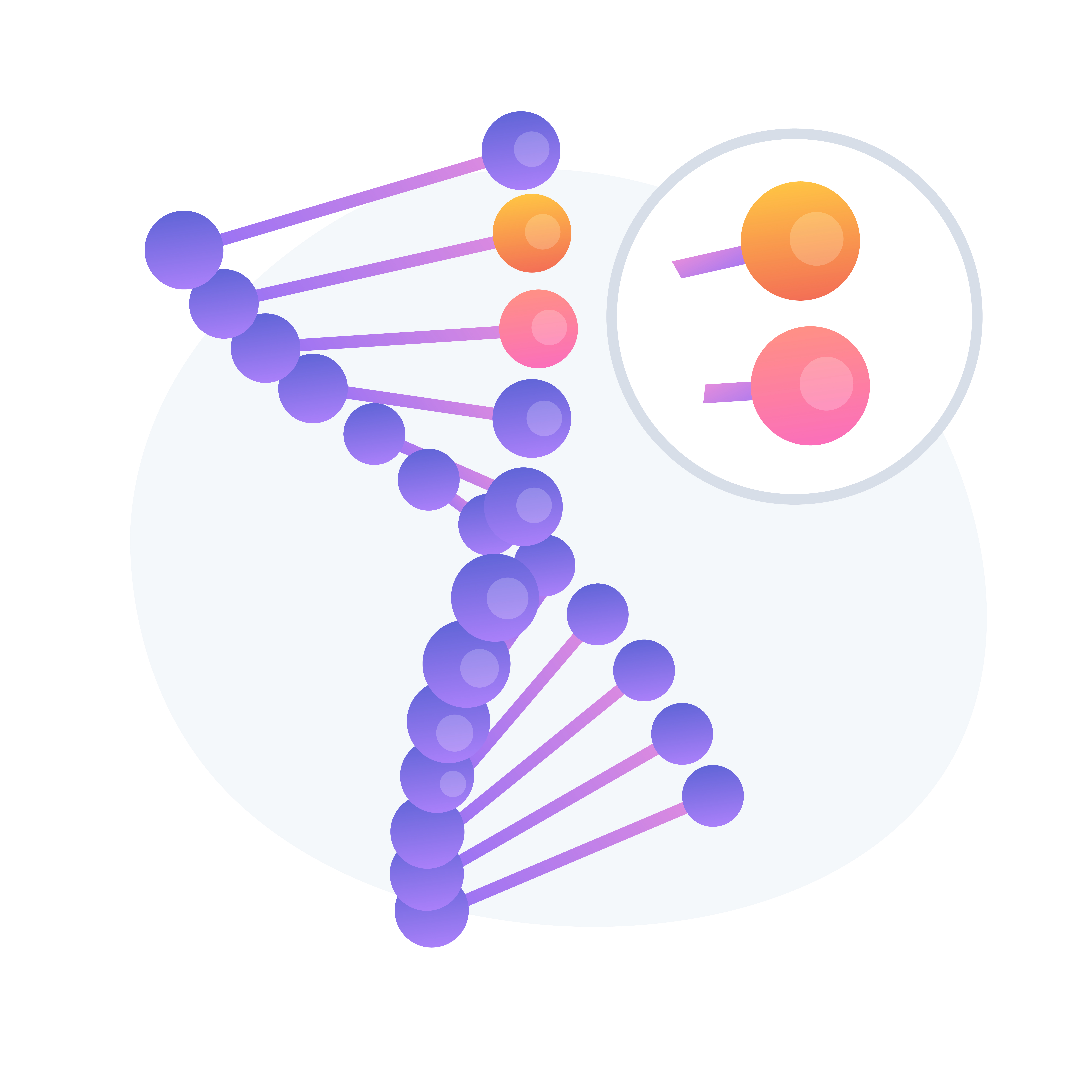
Stress can lead to a flood of problems like anxiety, high blood pressure, sleeping issues, skin disorders and so on. Adding to this list is premature graying of hair. Yes, stress can turn your hair gray. A study done in 2013 observed a link between stress and depletion of stem cells in the hair follicles of mice.

An imbalanced diet can speed up graying of hair. Processed foods, cold drinks, excess intake of salt and sugar increase the risk of free radical generation in the body that can cause gray hair.

Yes, lack of vitamins like vitamin B, D, E, biotin can lead to premature graying of hair. Vitamin deficiencies can affect pigmentation, but can be reversed using vitamin supplements. Talk to your doctor if you want to incorporate supplements in your diet.

Pollutants in the air generate free radicals and oxidative stress. This can in turn cause damage to the melanin cells, speeding up hair graying.

Oxidative stress can be a reason behind your premature white hair. It happens when there is an imbalance between free radicals and antioxidants. When your antioxidants are not adequate to retaliate the effects of free radicals, it leads to many health issues, including ageing. Excessive oxidate causes a condition called vitiligo. It kills your melanin cells, leading to premature gray hair.

Hair care products like shampoos and conditioners can lead to premature graying of hair, due to the presence of chemicals which decrease your melanin content. Hair dyes containing hydrogen peroxide and bleaching agents can leave the hair white when used for prolonged periods.
Check out our store of chemical free products.
Store
Smoking not only increases the risk of lung cancer and heart disease, but also puts your hair at risk. Smoking constricts blood vessels, reduces blood flow to hair follicles and leads to hair loss. The toxins in cigarette smoke can affect hair follicles causing gray hair earlier than expected.
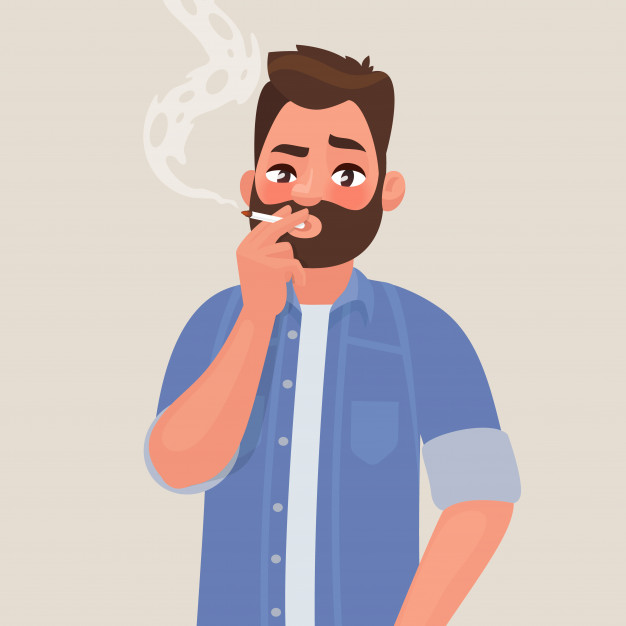
When you talk about the causes of premature white hair, you have to consider few medical conditions as contributing factors. Autoimmune disease and thyroid disorder can trigger gray hair. In autoimmune disease, your own immune system destroys your cells instead of protecting, which can affect your hair pigmentation too.
Your thyroid gland also influences your hair colour. In the case of a thyroid disorder, it causes hormonal imbalance and reduces melanin production in your body. Naturally, your hair turns gray

Treatments start with the determination of the type of graying (natural or premature) and the underlying causes. Your doctor may give shampoos, conditioners, oils, serums and hair masks suited to your hair type. You may also be given nutrition supplements.
Cosmetic shampoos contain certain ingredients that can impart a color to your gray locks. Besides offering color, these shampoos can reform the texture of your hair.
Essentials oil helps produce and maintain melanin to the maximum levels. Rosemary, sandalwood, chamomile, lavender, fenugreek, argan and amla essential oils are some of the many available in the market.
Antioxidant rich foods can address oxidative stress and gray hair. Antioxidants fight free radicals, which are atoms or molecules that have unpaired electrons. While they are hunting for an electron, they cause damage to your body.
Free radicals form in the body due to factors like sunlight, smoking, pollution and aging. Load up on antioxidant foods like berries, green tea, broccoli, olive oil and fish to reverse premature graying of hair. Vitamin rich foods and vitamin supplements should also be your go to.
Smokers can have a greater chance of pigment loss when compared to non-smokers.
Incorporate a lot of antioxidant rich foods in your diet. These prevent oxidative stress [8] and gray hair.
The harmful UV rays from the sun can cause oxidative stress in the body and premature graying of hair. Protect your hair with a hat or scarf while you are outdoors.
Practise meditation and yoga to keep your mind free of the daily stress.
Curry leaves have a centuries-old history of medical use. An international journal of pharm tech research reported about the effect of curry leaves on curing white hair as well as preventing premature graying.
Take a couple of curry leaves and mix it with a carrier oil like coconut oil or jojoba oil. Heat the mixture until the oil turns slightly black in colour. Let it cool down for a while and apply the oil gently on your scalp. Keep it overnight for the best results.
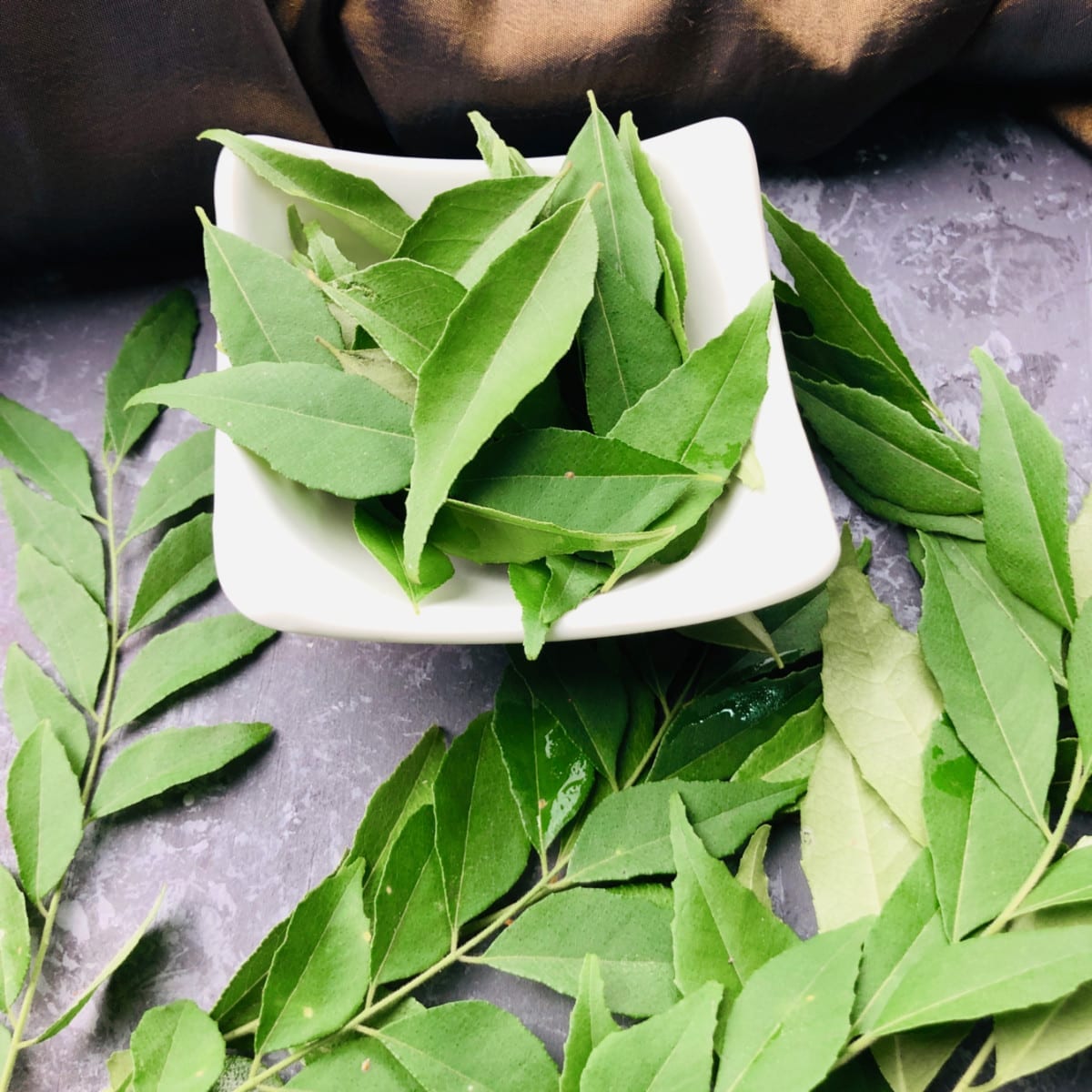
Amla is a herbal remedy for a lot of hair issues and one of them is definitely premature gray hair. It is extremely rich in antioxidants and also has anti-ageing properties. You can get gooseberry fruit or the powder mix easily from the market.
Extract the juice from one Amla and mix it with the juice of one fresh lemon. Apply it directly on your scalp and leave it for 30 minutes. Rinse it off with lukewarm water and pat your hair dry with a soft towel.
If you are using powder, combine the powder with coconut or olive oil. Heat the mixture until the oil changes colour. Gently apply the warm oil on your hair and scalp.

Black tea has tannic acid, which makes your hair darker and shinier.
Take 2-3 tea bags or 2 spoons of tea leaves. Make tea without using any sugar. Cool it down before applying. Always use it on clean and wet hair. Keep it for at least 30 minutes and then wash it off properly. You can also use the tea mix with your regular conditioner.
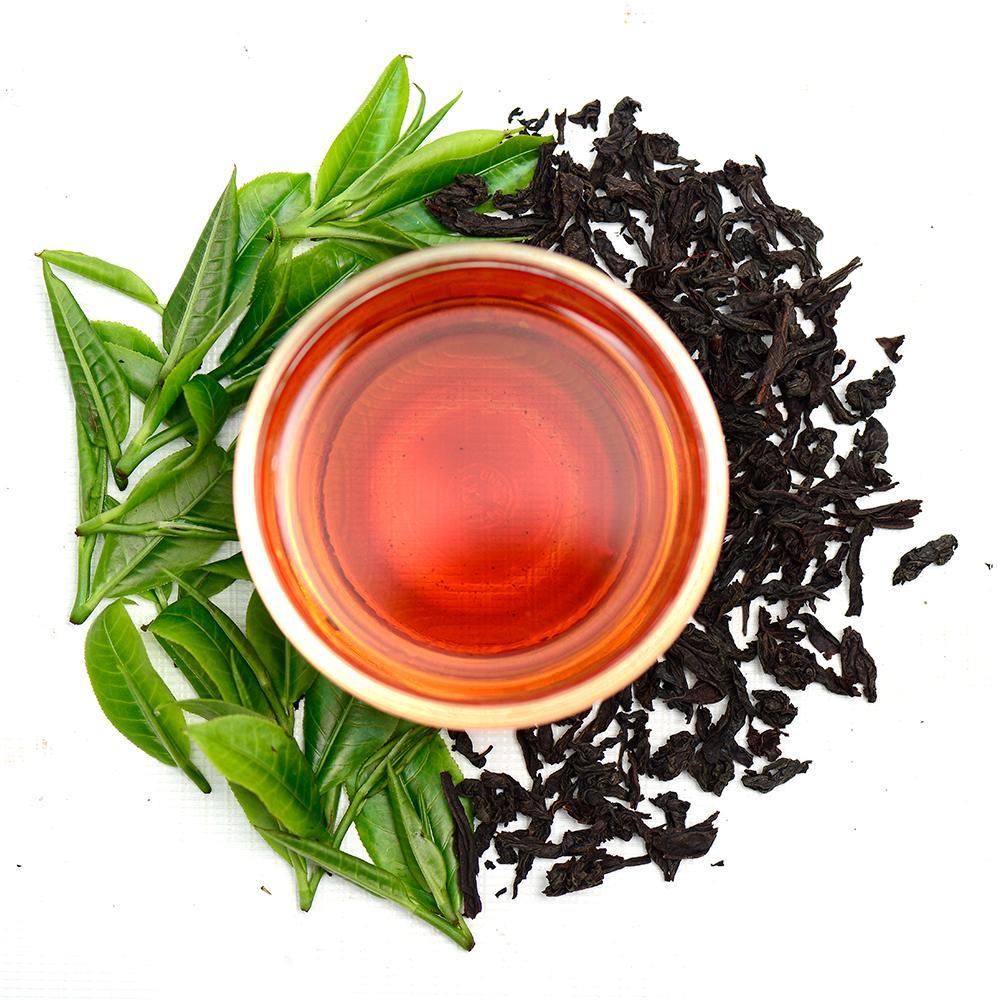
Bhringaraj has been popular since ancient times for its hair care benefits. Many old Ayurveda scriptures have mentioned Bhringaraj's usage in medicines. Massaging Bhringraj hair oil provides you with a calming effect on your scalp and fights issues like hair fall, gray hair, headache, etc.
Readymade Bhringaraj oil is available in the market. In case you want to make it at home, take some Bhringaraj leaves or powder and mix it with coconut oil. Heat the mixture properly. Apply it on your scalp once the mixture cools down.
